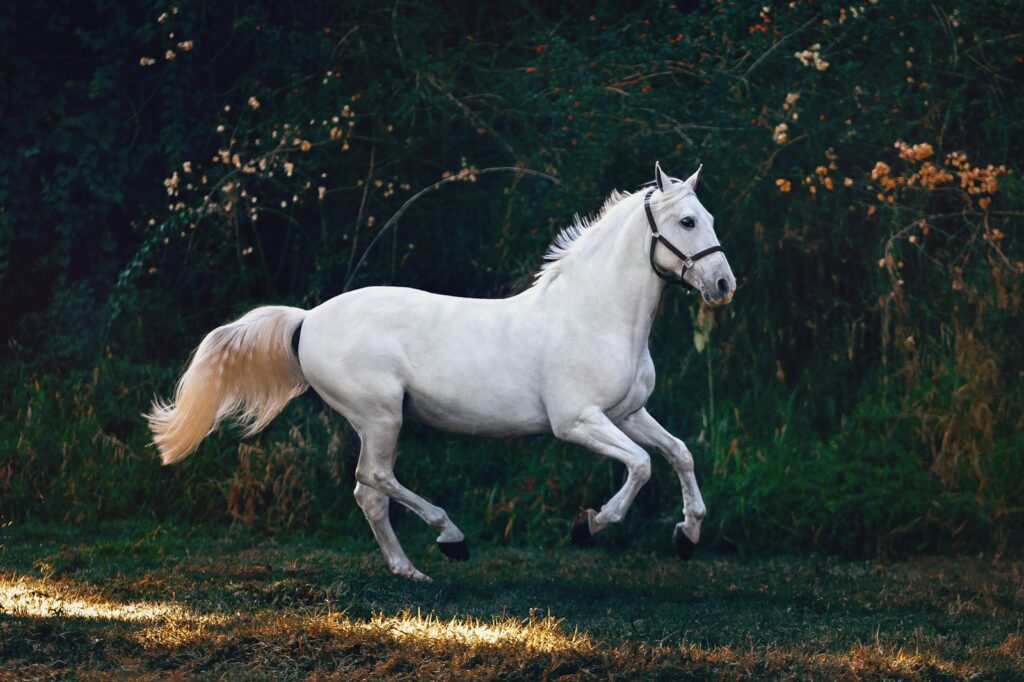A horse’s flexibility is not just about performance – it’s foundational to their overall health, longevity, and ability to perform at their best. Whether you’re working with a competitive show jumper, a dressage champion, or a beloved trail horse, improving flexibility helps prevent injuries, enhances movement quality, and strengthens the partnership between horse and rider. Just like human athletes, horses need regular stretching and flexibility work to maintain supple muscles, responsive joints, and balanced movement patterns. This comprehensive guide explores the most effective exercises for developing and maintaining your equine partner’s flexibility, from simple in-hand stretches to mounted suppling exercises that will transform your horse’s way of going.
Understanding Equine Flexibility and Its Importance
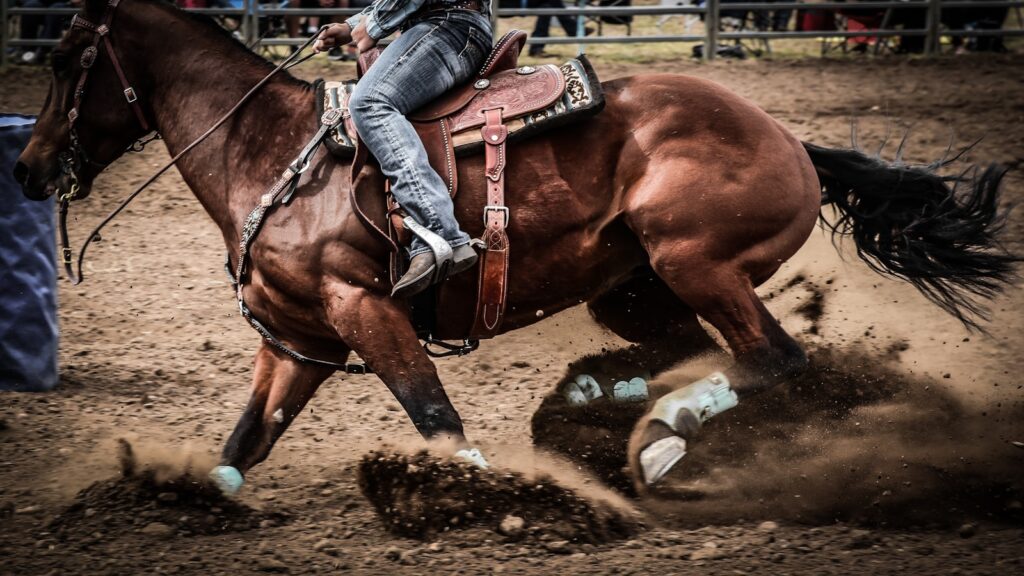
Flexibility in horses refers to the range of motion in their joints, the elasticity of their muscles, and their overall ability to bend, stretch, and move with freedom. When a horse lacks flexibility, they compensate with uneven movement patterns that can lead to undue stress on joints, ligaments, and tendons. This compensation often manifests as stiffness, resistance, or even behavioral issues under saddle. Proper flexibility work addresses both physical and mental components of training, helping horses become more balanced, responsive, and comfortable in their bodies. Beyond performance enhancement, good flexibility reduces injury risk by preparing muscles and joints for work, improving circulation, and helping the horse maintain correct posture through various movements.
Pre-Exercise Warm-Up Essentials
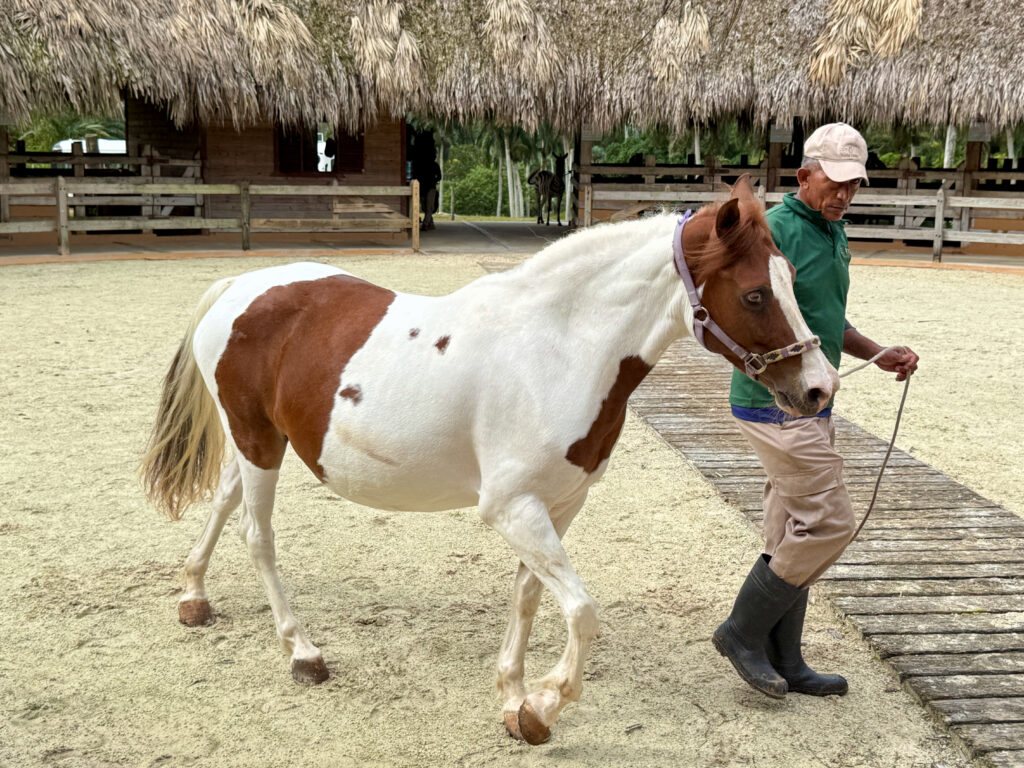
Before beginning any flexibility exercises, a proper warm-up is essential to prepare your horse’s body for the work ahead. Start with 5-10 minutes of walking, either in-hand or under saddle, to increase circulation and warm the muscles gradually. This initial walking phase allows time for synovial fluid to lubricate the joints and for blood flow to increase to working muscles. For older horses or those recovering from injury, consider extending this warm-up phase and incorporating gentle hills if available. Avoid stretching cold muscles, as this can lead to strains or tears; instead, ensure your horse is warm and relaxed before moving into more demanding flexibility work. Remember that a proper warm-up also provides valuable time to assess your horse’s mood and physical state for the day’s training session.
Carrot Stretches: The Foundation of Flexibility Training
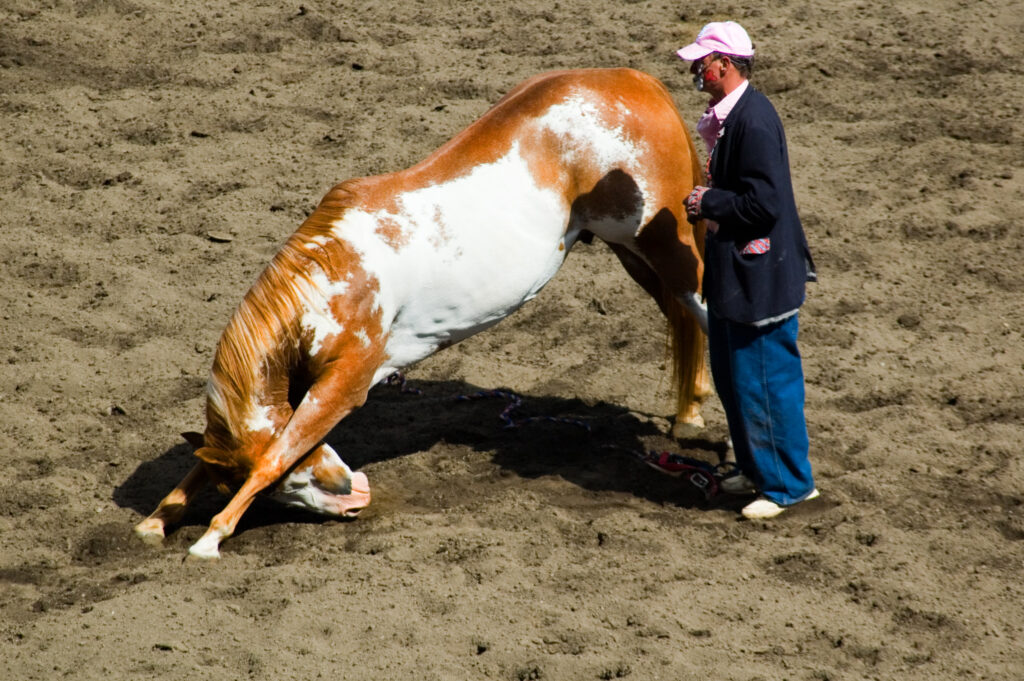
Carrot stretches represent one of the most accessible and effective methods for improving your horse’s spinal flexibility. Using a treat like a carrot or apple, guide your horse to stretch toward different points around their body, holding each position for several seconds. The classic positions include stretching to each shoulder, between the front legs, to each hip, and upward toward the withers. These exercises specifically target the muscles along the neck and back, encouraging lateral and vertical flexion of the spine. For maximum benefit, perform carrot stretches daily, ideally before and after riding, gradually increasing the stretch as your horse becomes more supple. Research by veterinary specialists has confirmed that regular carrot stretches can improve spinal mobility and help prevent back pain in horses of all disciplines.
Leg Flexion and Extension Exercises
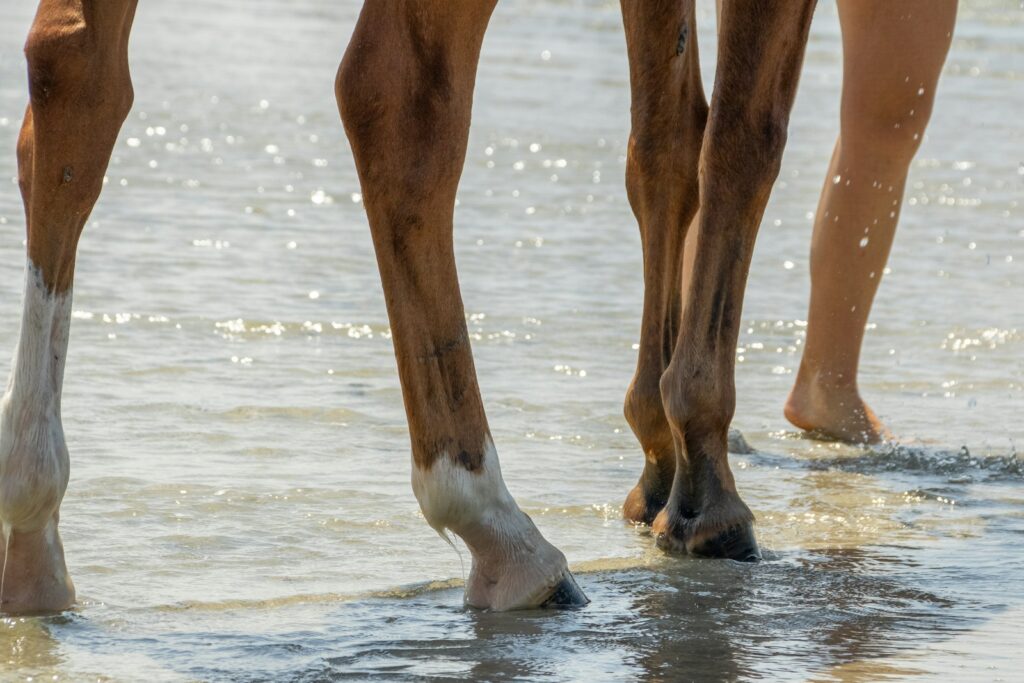
While many flexibility programs focus on the spine, the mobility of a horse’s limbs is equally important for overall athletic performance. Gentle leg flexion exercises involve carefully lifting each leg and creating a slight stretch through controlled movement. For front legs, support the leg below the knee and gently flex the knee, holding for a few seconds before carefully extending it forward. For hind legs, lift the leg and gently flex the hock, holding briefly before returning to a neutral position. These exercises should always be performed with the horse’s comfort as the priority, never forcing movement beyond their natural range. Regular leg flexion work helps maintain healthy joint function, improves proprioception (body awareness), and can identify potential issues before they become problematic.
In-Hand Groundwork for Lateral Flexibility
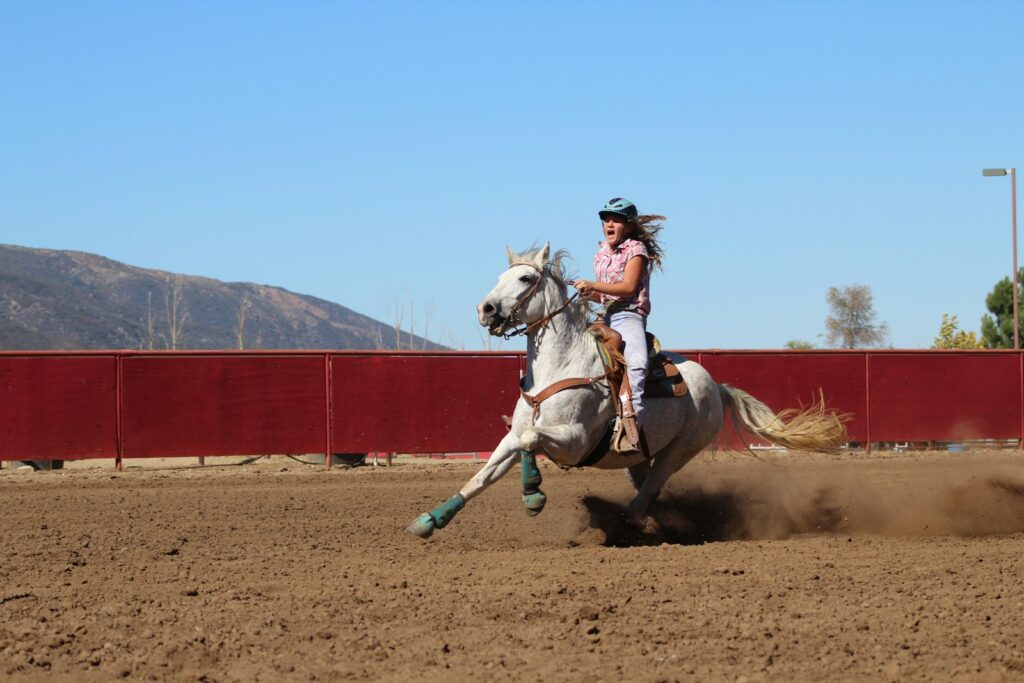
In-hand groundwork provides excellent opportunities to develop lateral flexibility without the added complexity of rider weight. Exercises like shoulder-in, haunches-in, and side-passing along a wall help develop the horse’s ability to bend through their body while maintaining forward movement. When performing these exercises, use clear aids combining gentle pressure from a whip or stick with appropriate rein or lead rope cues. The key to effective groundwork is maintaining a consistent rhythm and ensuring the horse truly bends through their entire body rather than just moving sideways. Progressive groundwork sessions of 15-20 minutes can dramatically improve a horse’s understanding of lateral movement, making similar exercises under saddle much more accessible. Incorporate these patterns into your regular training routine, gradually increasing the angle of bend as your horse becomes more supple.
Longeing for Dynamic Flexibility
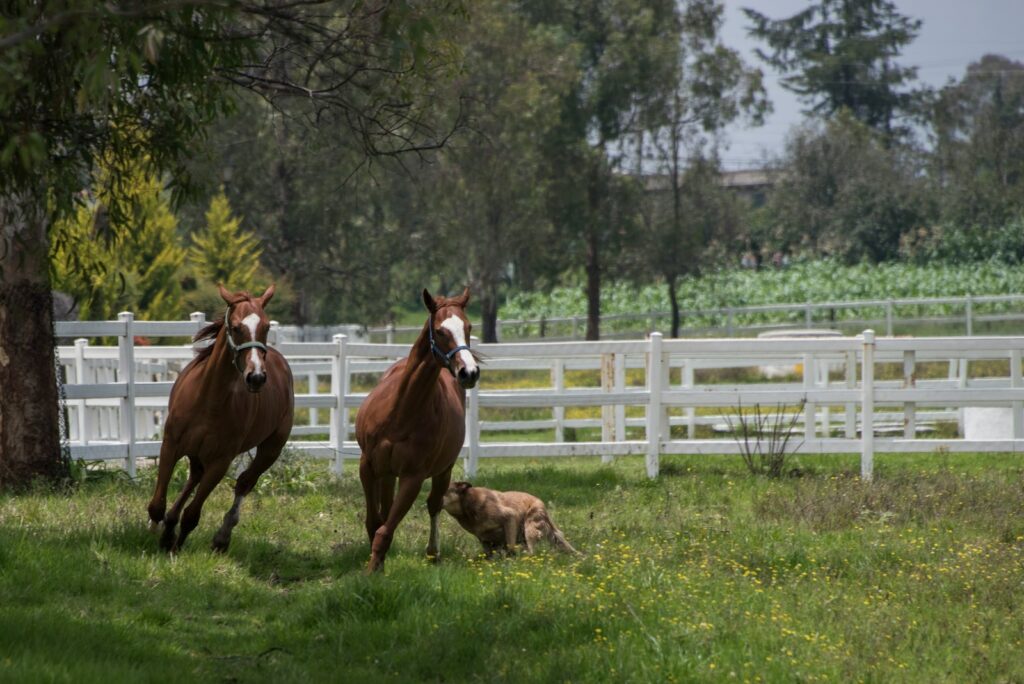
Properly executed longeing goes far beyond simply running a horse in circles and offers tremendous benefits for developing dynamic flexibility. Incorporate transitions between gaits, changes of direction, and variations in circle size to engage different muscle groups and challenge your horse’s balance. Use of equipment like side reins (when properly adjusted) or a chambon can encourage correct posture and engagement of the core muscles that support healthy movement. The key to effective longeing lies in maintaining an appropriate tempo that allows the horse to move with rhythm and relaxation rather than rushing or hollowing their back. For optimal flexibility development, limit longeing sessions to 20-30 minutes and focus on quality of movement rather than duration. Remember that longeing on smaller circles increases stress on joints, so vary your circle size and work equally in both directions.
Hill Work: Nature’s Flexibility Builder
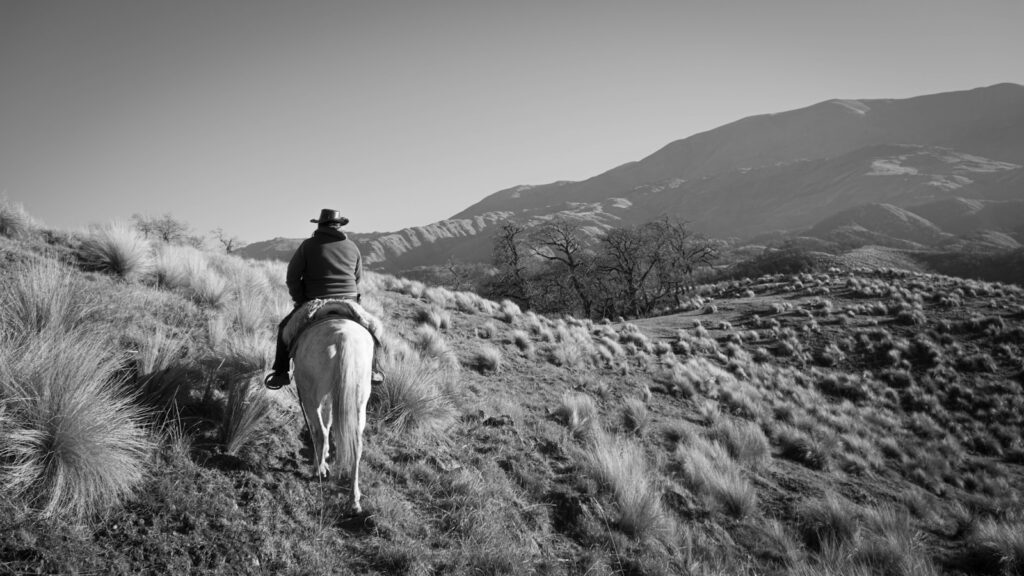
Few natural features offer the flexibility benefits that hillwork provides, making it an invaluable component of any conditioning program. Walking and trotting up gentle slopes encourages horses to engage their hindquarters and lift through their back, naturally developing the muscles that support collection and extension. Downhill work, when done carefully at a walk, promotes balance, coordination, and stretching of the back muscles. The varied terrain of hill work also improves proprioception as horses must adjust their balance and foot placement continuously. Begin with short sessions on gentle slopes before progressing to more challenging terrain or faster gaits. For horses with access primarily to flat terrain, man-made hills or ramps can provide similar benefits when incorporated into regular training routines.
Mounted Lateral Exercises for Suppleness

Under saddle, lateral work represents the cornerstone of developing a supple, flexible horse that can respond readily to rider aids. Begin with basic serpentines and large circles, focusing on true bend throughout the horse’s body from poll to tail. As your horse becomes more comfortable, introduce leg yielding, progressing to more advanced movements like shoulder-in, haunches-in, and half-pass as appropriate for your horse’s training level. The quality of these exercises matters far more than quantity – aim for a few well-executed movements rather than drilling repeatedly. Maintain forward energy throughout lateral work, as this prevents the horse from becoming heavy on the forehand or resistant to the aids. Remember that true lateral flexibility requires the horse to step under their body with the inside hind leg while maintaining rhythm and relaxation.
Stretching Through Transitions and Figures
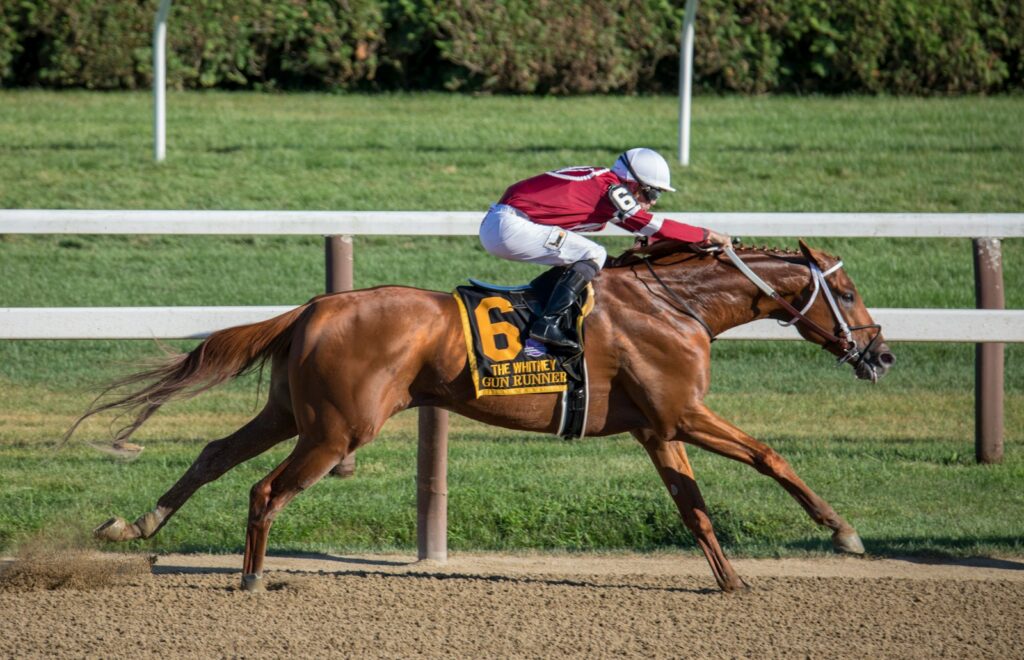
Thoughtfully ridden transitions between and within gaits create natural opportunities for horses to stretch and engage different muscle groups. Focus particularly on downward transitions that encourage the horse to round their back and engage their hindquarters, such as trot-to-walk or canter-to-trot. Incorporate these transitions within figures like circles, figure eights, and serpentines to further enhance the flexibility benefits. The combination of bending through figures while managing transitions challenges your horse’s coordination and balance in ways that straight-line work cannot match. For optimal results, maintain clear, consistent aids and reward your horse’s efforts with moments of relaxed walking on a loose rein. This approach not only improves physical flexibility but also develops mental flexibility as horses learn to respond to changing requests.
Polework Configurations for Core Strength and Flexibility
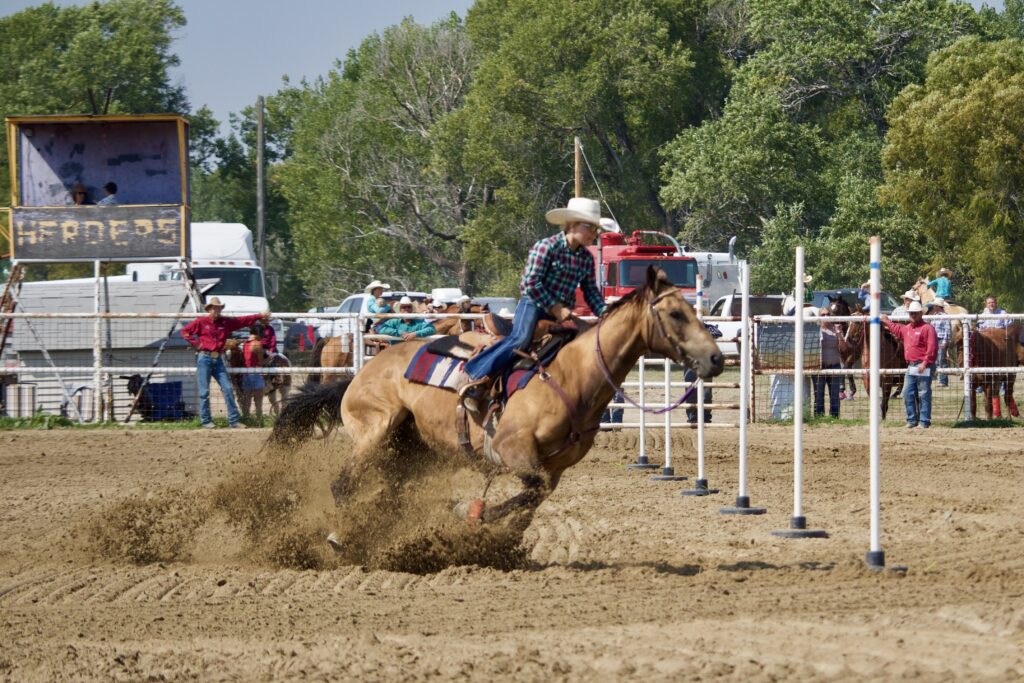
Strategically placed poles create outstanding opportunities to develop flexibility while simultaneously building core strength and proprioception. Simple raised pole configurations encourage horses to lift their feet higher and engage their abdominal muscles for support. Fan-shaped patterns require the horse to adjust stride length continuously, developing adaptability in their movement. For more advanced horses, poles placed on gentle curves challenge lateral flexibility as the horse navigates the bend while negotiating the poles. Begin with basic configurations at the walk before progressing to trot work, always ensuring the poles are spaced appropriately for your horse’s natural stride length. Regular polework sessions of 10-15 minutes can yield remarkable improvements in how your horse carries themselves both under saddle and at liberty.
Yoga-Inspired Stretches for Advanced Flexibility
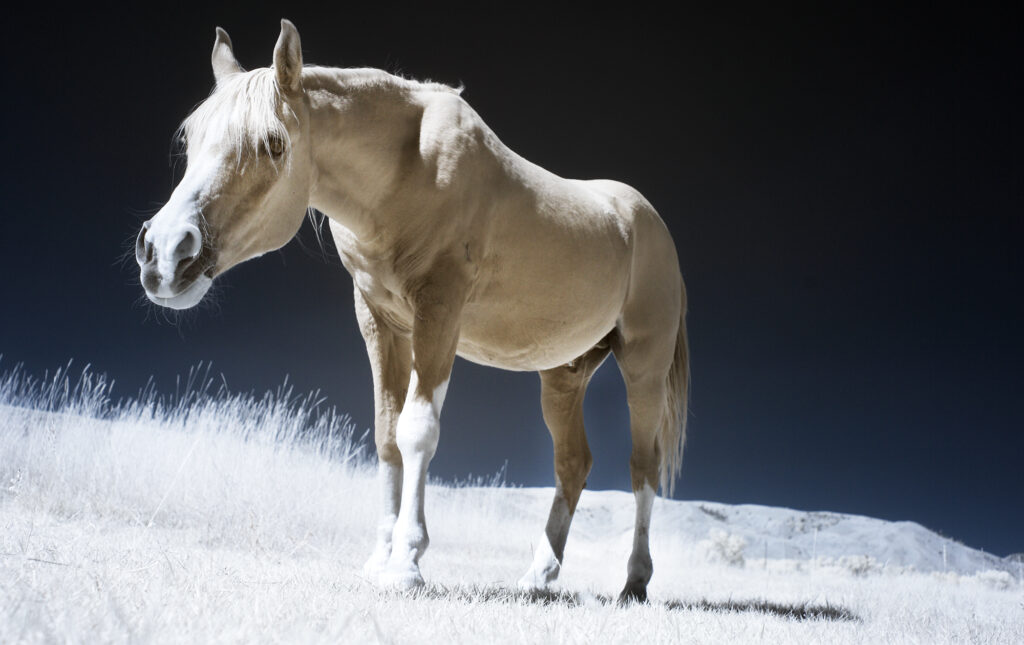
Taking inspiration from human yoga practices, several ground-based stretching techniques can significantly enhance your horse’s flexibility beyond traditional exercises. The “bow” stretch involves gently picking up a front leg and bringing it backward toward the corresponding hind leg, holding briefly to stretch the shoulder and pectoral muscles. The “hip flexor release” involves supporting the horse’s hind leg in a relaxed forward position, allowing gravity to gently stretch the powerful hip flexor muscles. These advanced stretches should only be introduced after establishing a foundation of basic flexibility work and should always be performed with careful attention to the horse’s comfort level. When properly executed, these yoga-inspired stretches can address deep muscle groups that are difficult to target through mounted work alone. Always work with a knowledgeable instructor or equine therapist when first introducing these techniques.
Relaxation Techniques to Enhance Flexibility Training
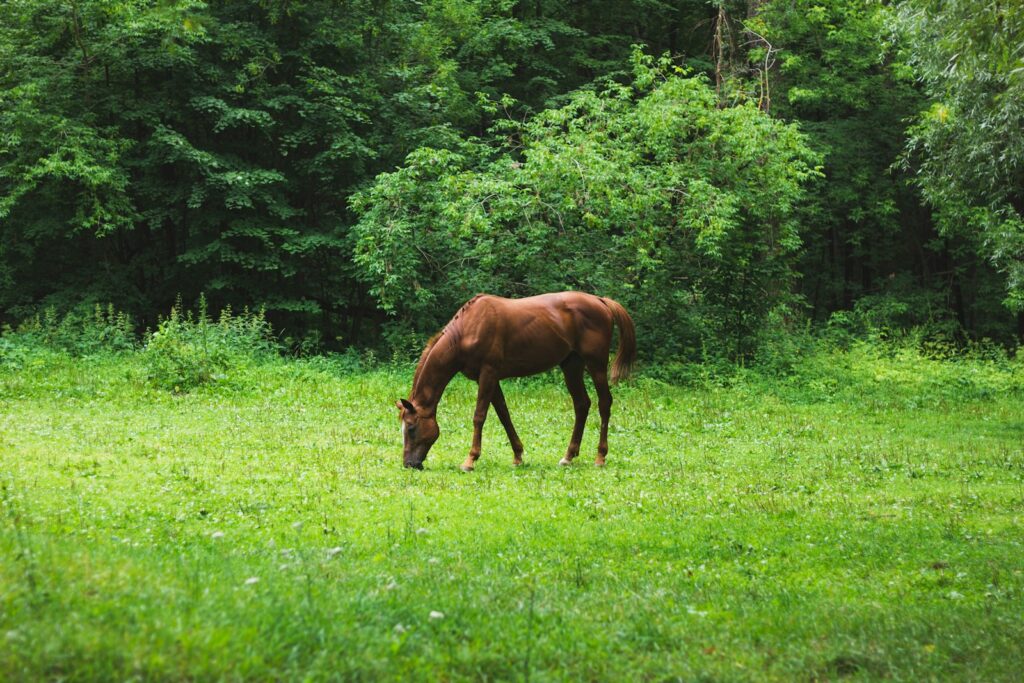
Physical flexibility in horses is intimately connected to mental relaxation – a tense, anxious horse cannot achieve true suppleness regardless of the exercises employed. Incorporate specific relaxation techniques into your training program, such as rhythmic breathing patterns, gentle massage, or long, slow stretches on a loose rein. Many horses benefit from starting and ending each training session with several minutes of walking on a long rein, allowing them to stretch their topline naturally. Some horses respond well to background music during training sessions, with research suggesting that consistent tempos matching their natural gaits can promote relaxation. Understanding your individual horse’s preferences for relaxation – whether they prefer quiet environments or benefit from the security of routine – allows you to create optimal conditions for flexibility development.
Creating a Progressive Flexibility Program
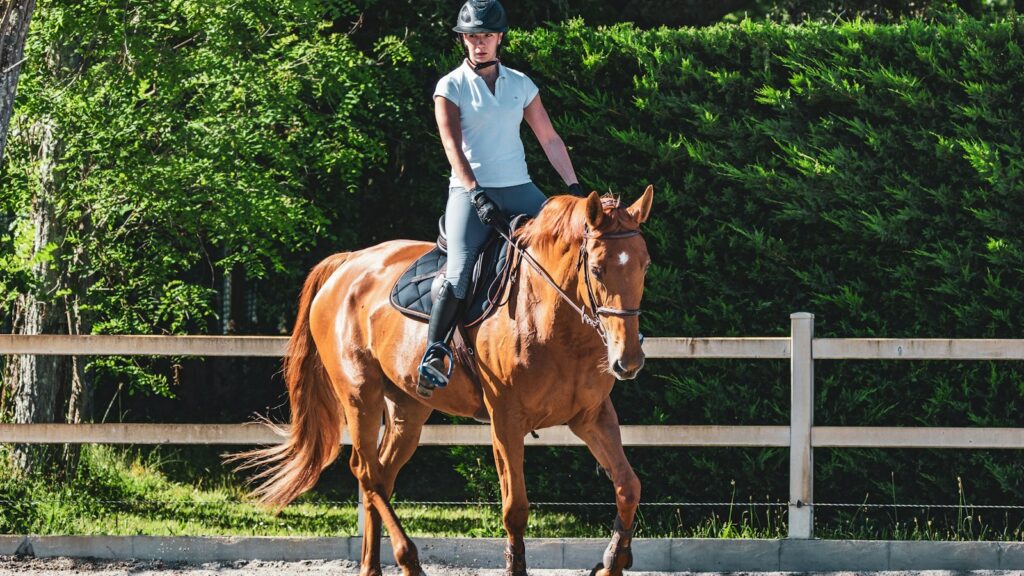
The most effective flexibility programs follow a structured progression that respects the horse’s current capabilities while gradually introducing more challenging exercises. Begin by establishing a baseline of your horse’s natural flexibility through simple observations and assessments, noting any asymmetries or areas of restriction. Design a four-week introductory program focusing first on basic stretches and relaxation before introducing more dynamic exercises. Document your horse’s progress with notes or video to capture subtle improvements that might otherwise go unnoticed. Most horses show significant improvement within 6-8 weeks of consistent flexibility work, though the development of deep strength and suppleness continues for many months. Remember that flexibility training is not a linear process – incorporate easier maintenance days between more challenging sessions and be prepared to adjust your program based on your horse’s responses.
Monitoring Progress and Preventing Overtraining
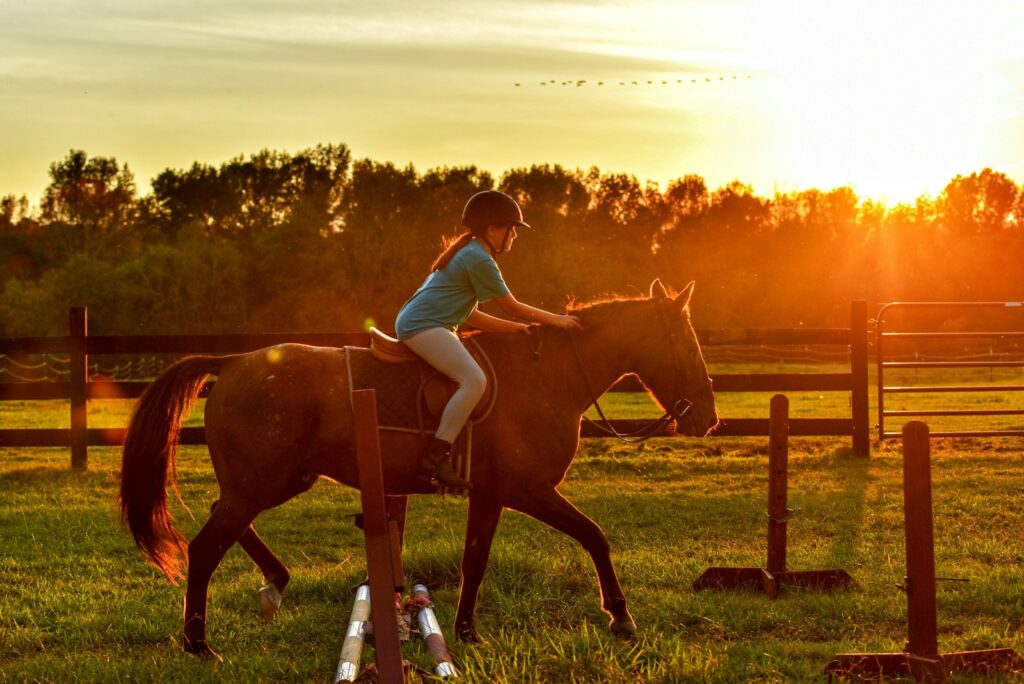
As with any training program, careful monitoring prevents the potential negative effects of overtraining while ensuring steady progress toward your flexibility goals. Watch for signs that your program is working, such as increased stride length, improved symmetry in movement, more willing bending, and greater ease in transitions. Equally important is recognizing signs that indicate a need to scale back, including reluctance to perform previously accepted exercises, unusual stiffness after work, or subtle changes in attitude. Scheduling regular “assessment days” where you perform the same set of basic flexibility exercises allows you to track improvements objectively over time. Remember that flexibility development requires adequate recovery time, making rest days as important as training days in your overall program. Partnering with your veterinarian or equine bodywork specialist provides valuable objective feedback on your horse’s progress and helps identify any potential issues early.
Conclusion
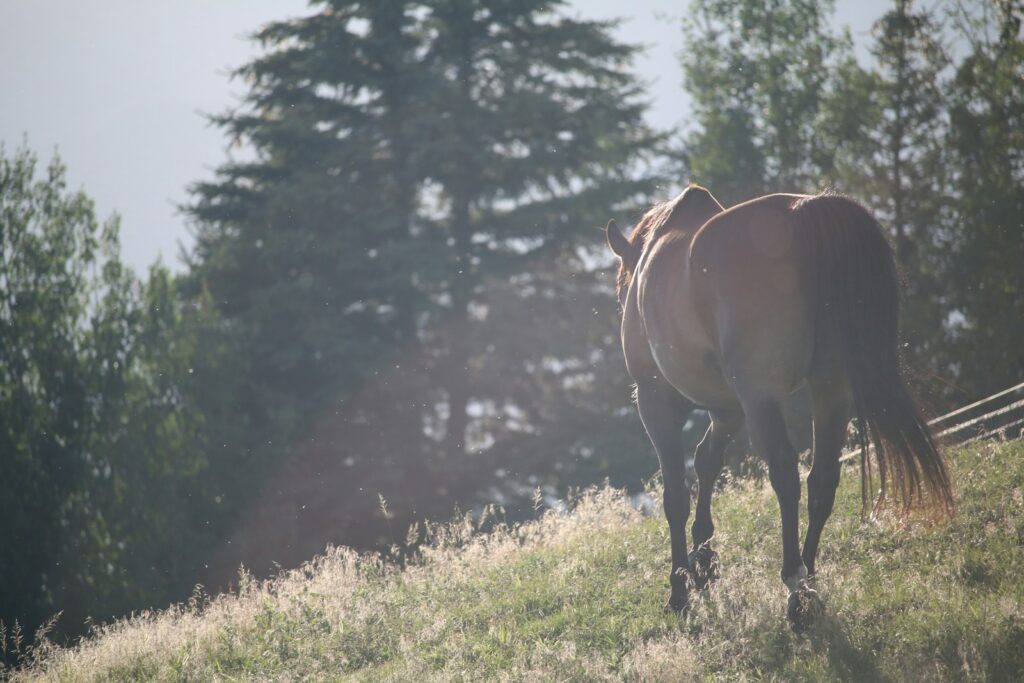
Developing your horse’s flexibility requires patience, consistency, and a thoughtful approach that considers both physical and mental aspects of training. The exercises outlined here provide a comprehensive toolkit for addressing flexibility throughout your horse’s body, from basic carrot stretches to advanced mounted work. Remember that each horse responds differently to flexibility training based on their conformation, previous experiences, and individual temperament. By combining these exercises into a progressive program tailored to your horse’s specific needs, you’ll develop a partner who moves with greater freedom, balance, and expression. The time invested in flexibility work pays dividends not just in improved performance but in your horse’s comfort, soundness, and longevity – truly one of the greatest gifts we can offer our equine companions.

